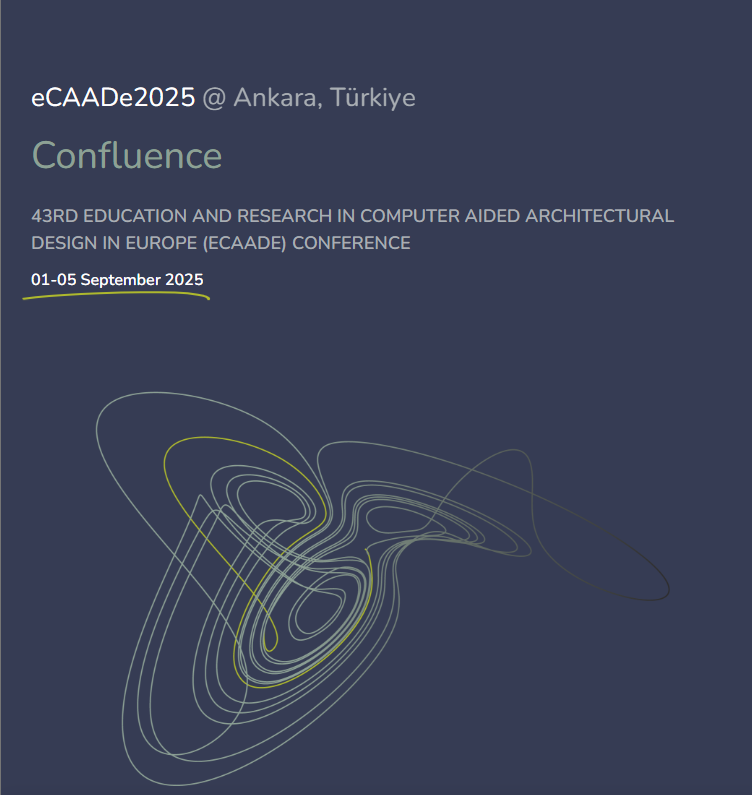III Different Fractals
Every natural thing around us is a fractal structure in principle, because smooth lines and planes only exist in the ideal world of mathematics. Beside that theoretically any system, which can be visualized or analyzed geometrically, can be a fractal.
This chapter gives an introduction to some different kinds of fractals like the so-called "true" mathematical fractals, to which the Cantor set belongs, and the "chaotic" fractals, with the Mandelbrot set being an example. Beside that some other methods of creating fractals such as the iteration function systems, the DLA model, the L-system and the Midpoint displacement method will be introduced. The form of strange attractors as a connection to deterministic chaos also offers fractal characteristics and will be described at the end of this chapter. The one or other type of fractal may help in creativity, analysis, comparison, construction, organization and other questions arising in architecture.











